图灵奖的获得者,Pascal 之父——Niklaus Wirth ,有个经典说法:“算法+数据结构=程序”(Algorithm+Data Structures=Programs)。我们以这个说法为思路,看在流程画布这个场景中,如何应用数据结构和算法来解决实际的业务需求。
树和图
在数据结构中,对树的描述为:树是 n(n≥0)个结点的有限集,它或为空树(n=0);或为非空树,对于非空树 T:
有且仅有一个称之为根的结点;
除根结点以外的其余结点可分为 m(m>0)个互不相交的有限集 T1, T2, …, Tm,其中每一个集合本身又是一棵树,并且称为根的子树(SubTree)。
由上述描述可以看出,树的结构定义是一个递归的定义,即在树的定义中又用到树的定义,它道出了树的固有特性。树常用的存储结构有:顺序存储、链式存储。
对图的描述为:图 G 由两个集合 V 和 E 组成,记为 G=(V, E),其中 V 是顶点的有穷非空集合,E 是 V 中顶点偶对的有穷集合。V(G)为图的顶点集合,不可以为空;E(G)为图的边集合,可以为空。如果边集 E(G)为有向边的集合,则称图为有向图;如果边集 E(G)为无向边的集合,则称图为无向图。
图常用的存储结构有:邻接矩阵、邻接表、十字链表、邻接多重表。
树和图是画布这个场景中关联度最高的两种数据结构(当然,最基础的还是链表结构)。
G6
G6 是一个图可视化引擎。它提供了图的绘制、布局、分析、交互、动画等图可视化的基础能力,借助 G6 的能力,我们可以快速搭建自己的图分析或图编辑应用。流程画布底层便使用了 antv/g6 来实现图可视化的功能。
根据对其功能使用程度的不同,我们梳理 G6 的核心概念如下:
G6 中对图 Graph 接收的参数定义如下:
export interface GraphData { nodes?: NodeConfig[]; edges?: EdgeConfig[]; combos?: ComboConfig[]; [key: string]: any;}
复制代码
官网给出的最简单的快速开始的 demo 代码片段如下:
const data = { nodes: [ { id: 'node1', x: 100, y: 200, }, { id: 'node2', x: 300, y: 200, }, ], edges: [ { source: 'node1', target: 'node2', }, ],}; const graph = new G6.Graph({ container: 'mountNode', width: 800, height: 500,});graph.data(data);graph.render();
复制代码
由上面两段代码可以看出,nodes 和 edges 是对图结构中顶点集合和边集合的数据表示,同时通过 combos 字段实现了顶点分组的能力。看到此处,我们可以得出结论:真正的元素绘制部分其实无需关心,我们要做的更多是对顶点集和边集数据的管理。
顶点项中的 x、y 字段是可选的,当数据中没有节点位置信息,或者数据中的位置信息不满足需求时,需要借助一些布局算法对图进行布局。
由 G6 的核心概念可以看到,框架本身已经实现了多种经典布局算法,其中不乏以树图为主的脑图布局,但根据需求描述中对 UI 设计和交互的定义,现有布局算法无法满足我们的需求。因此我们不仅要实现自定义顶点、边,还要实时计算每个顶点的坐标值来实现自定义布局的逻辑。
G6 在提供更高的灵活性的同时,也因处理数据带来了不可避免的复杂性,节点的坐标值计算和节点管理(新增、删除)便是其中的典型场景。
数据结构定义
G6 本身是对图可视化的实现,但流程画布这个场景中,我们在真正的实现中采用了链式存储的树结构。实际开发过程中,对节点的数据类型定义如下:
interface IWorkflowNode<T extends WorkflowNodeParamsXOR> { id: string; type: TWorkflowNodeType; params: T; parent: string[]; children: string[];}
复制代码
说明:
满足二叉数的双向链表结构
算法
我们需要对数据进行处理的点主要有两个:
节点坐标计算节点
删除时,对当前节点、关联边和子树的删除
基于上述的数据结构定义,实现上述两点功能均用到同一个算法:二叉树的深度优先、前序遍历算法(采用递归解法)。
如上图,如果采用深度优先、前序遍历算法,则访问节点的顺序应为:1、2、4、8、5、9、3、6、7。
到此为止,我们的预备知识已经全部给出,接下来是具体的实现细节。
实现
假设现在有如下图所示的一张画布:
nodes 数据细节如下(忽略了部分与坐标计算无关的字段)。
[ { id: 'root-1630463843227', type: 'start', parent: [], children: ['root-1630463843227-0'], }, { id: 'root-1630463843227-0', type: 'strategy', parent: ['root-1630463843227'], children: ['root-1630463843227-0-0', 'root-1630463843227-0-1'], }, { id: 'root-1630463843227-0-0', type: 'strategy', parent: ['root-1630463843227-0'], children: ['root-1630463843227-0-0-0', 'root-1630463843227-0-0-1'], }, { id: 'root-1630463843227-0-0-0', type: 'action', parent: ['root-1630463843227-0-0'], children: [], }, { id: 'root-1630463843227-0-0-1', type: 'trigger', parent: ['root-1630463843227-0-0'], children: ['root-1630463843227-0-0-1-0'], }, { id: 'root-1630463843227-0-0-1-0', type: 'action', parent: ['root-1630463843227-0-0-1'], children: [], }, { id: 'root-1630463843227-0-1', type: 'action', parent: ['root-1630463843227-0'], children: [], },]
复制代码
坐标计算
1、数据预处理
/*** 计算依赖的相关变量* indentX:x 方向固定偏移量* gapVertical: y 方向固定偏移量* MaxOffsetY: 当前节点计算时 y 方向的累计偏移量*/const indentX = 370;const gapVertical = 50;const MaxOffsetY = 0; const parseWorkflowToDraw = ( workflow: IWorkflow, resolveNode: ResolveNode): [GraphData, IWorkflowNodeMap] => { const nodes = workflow.nodes; const edges = workflow.edges; const nodeMap: IWorkflowNodeMap = {}; const edgeMap: IWorkflowEdgeMap = {}; let rootId = ''; for (const item of nodes) { if (item.type === 'start') { rootId = item.id; } nodeMap[item.id] = { ...item }; } for (const edge of edges) { edgeMap[edge.target] = { ...edge }; } if (!rootId) { throw new Error('Workflow 节点类型错误,无起始节点!'); } MaxOffsetY = 0; const graphData: GraphData = { nodes: [], edges, }; parseWorkflowToGraphData( nodeMap[rootId], 0, 0, null, [0, 0], nodeMap, edgeMap, resolveNode, graphData ); return [graphData, nodeMap];};
复制代码
2、坐标计算
数据预处理(更多的是注入后续自定义节点时 draw 函数所需的数据)
计算自身节点尺寸
根据父节点位置、是否为分支流程及分支流程中的位置索引计算当前位置
根据系列条件判断是否需要在 y 方向上进行偏移量累加
如果有 children,则循环递归求解每一个 children 节点位置
const parseWorkflowToGraphData = ( node: IWorkflowNode<WorkflowNodeParamsXOR>, indexInSibling: number, parentMatrixX: number, parentNodeType: TWorkflowNodeType, parentNodeSize: number[], nodeMap: IWorkflowNodeMap, edgeMap: IWorkflowEdgeMap, resolveNode: ResolveNode, graphData: GraphData): IWorkflowDrawNode => { const nodeType = node.type; const condition = nodeType === 'start' ? true : edgeMap[node.id]?.condition; let newNode = { ...resolveNode(node), nodeType: nodeType, type: tagRenderNodeType(nodeType), condition, }; // 计算节点尺寸 const size = nodeSize(newNode); newNode.size = size; newNode.domSize = isBranchedNodeType(nodeType) ? [size[0] - padding - 130, size[1] - padding - 75] : size; // 计算节点坐标位置 const matrixX = parentNodeType === null ? 0 : parentMatrixX + indentX; const matrixY = !condition && indexInSibling === 0 ? MaxOffsetY + parentNodeSize[1] + gapVertical : MaxOffsetY; newNode.x = matrixX; newNode.y = matrixY; if (!condition && indexInSibling === 0) { MaxOffsetY += parentNodeSize[1] + gapVertical; } const children = []; if (node.children.length > 0) { node.children.forEach((childId, index) => { const childNode = parseWorkflowToGraphData( nodeMap[childId], index, matrixX, nodeType, size, nodeMap, edgeMap, resolveNode, graphData ); children.push(childNode); }); } else { MaxOffsetY += size[1] + gapVertical; } newNode.children = children; graphData.nodes.push(newNode); return newNode;};
复制代码
节点删除
节点删除时,不仅需要删除当前节点,而且当前节点的子树、当前节点的入度边也应该一并删除。此时用到的依然是 N 叉树的递归解法,同时借助函数引用传参可以改变参数的特性,实现了对源数据进行直接变更的操作。
/** * 删除任意节点、子树及其入度边 * @param node * @param nodes * @param edges */const removeNode = ( node: IWorkflowNode<any>, nodes: IWorkflowNode<any>[], edges: IWorkflowEdge[]) => { const { children } = node; if (children?.length > 0) { children.forEach((child) => removeNode( nodes.find((n) => n.id === child), nodes, edges ) ); } handleNodeDelete(node, nodes, edges);}; const handleNodeDelete = ( node: IWorkflowNode<any>, nodes: IWorkflowNode<any>[], edges: IWorkflowEdge[]) => { // 定位元素 const nodeIndex = nodes.findIndex((n) => n.id === node.id); const foundEdges = edges.filter((edge) => edge.target === node.id); // 清除父节点指向该节点的指针 const parentNode = nodes.find((n) => nodes[nodeIndex].parent[0] === n.id); if (parentNode.children?.length) { parentNode.children = parentNode.children.filter((child) => child !== node.id); } // 删除元素 nodes.splice(nodeIndex, 1); if (foundEdges?.length > 0) { foundEdges.forEach((v) => { const edgeIndex = edges.findIndex((_) => _.id === v.id); edges.splice(edgeIndex, 1); }); }};
复制代码
ABTest
在未拓展 ABTest 类型节点前,整个画布的数据结构满足二叉树的定义。但扩展之后,由于子节点数量存在大于二的场景,所以不再满足二叉树的定义,但整体不影响链表+树的结构定义,是由二叉到 N 叉的扩展。
但 ABTest 的特殊性不仅体现在当前节点的后继数量不限,更重要的是他的后继节点可以作为一个容器,再包含一个特殊的小型画布。
因此,在原本的数据结构基础上,我们扩展了节点的类型定义,新增 childNodes 字段。childNodes 主要为了存储 ABTest 节点之后跟的 combo 组的数据,从这里作为入口,在不打断原本树结构的前提下,内部又可以插入一棵树的结构。其实到此处,已经不再是单纯的双向链表形式,又多了一丝广义表的味道。
interface IWorkflowNode<T extends WorkflowNodeParamsXOR> { comboId?: string; id: string; type: TWorkflowNodeType; params: T; parent: string[]; children: string[]; childNodes?: string[];}
复制代码
经过扩展后的数据结构对原有的算法逻辑其实不会影响,我们要做的是需要处理中间广义表结构带来的子树逻辑(包括子树的坐标计算、子树对后继节点位置坐标的影响等)。
假如有如上的一棵树,按照扩展后的类型定义及 N 叉数的遍历算法,则遍历顺序应该为:1、2、3、5、4、6、10、11、13、12、14、7、8、9。
因此在具体实现中,数据预处理逻辑基本不变,只是新增了 MaxOffsetYSnapshot 变量,作为计算广义表之前 y 偏移量的快照。当中间为了计算广义表子树而影响到后继节点的 y 偏移量时,可以将后继节点计算时的 y 偏移量重置为快照值,以此保证不影响原有的树结构坐标计算。
坐标计算逻辑新增对 childNodes 带来的广义表数据的处理:
const parseWorkflowToGraphData = ( node: IWorkflowNode<WorkflowNodeParamsXOR>, indexInSibling: number, parentMatrixX: number, parentNodeType: TWorkflowNodeType, parentNodeSize: number[], nodeMap: IWorkflowNodeMap, edgeMap: IWorkflowEdgeMap, resolveNode: ResolveNode, graphData: GraphData): IWorkflowDrawNode => { const nodeType = node.type; const condition = ['start', 'combo'].includes(nodeType) ? true : edgeMap[node.id]?.condition; let newNode = { ...resolveNode(node), nodeType: nodeType, type: tagRenderNodeType(nodeType), condition, }; // 计算节点尺寸 const size = nodeSize(newNode); newNode.size = size; newNode.domSize = isBranchedNodeType(nodeType) ? [size[0] - padding - 130, size[1] - padding - 75] : size; // 计算节点坐标位置 let matrixX = parentNodeType === null && !node.id.startsWith('combo') ? 0 : parentMatrixX + indentX; const matrixY = !condition && indexInSibling === 0 ? MaxOffsetY + parentNodeSize[1] + gapVertical : MaxOffsetY; newNode.x = matrixX; newNode.y = matrixY; if (!condition && indexInSibling === 0) { MaxOffsetY += parentNodeSize[1] + gapVertical; } // 处理combo类型节点中的小画布数据 if (nodeType === 'combo') { if (node.childNodes?.length > 0) { MaxOffsetY -= gapVertical; } const comboGraphData: GraphData = { nodes: [], edges: [], }; if (node.childNodes?.length) { parseWorkflowToGraphData( nodeMap[node.id.replace('root', 'combo')], 0, matrixX - size[0] - 90, null, [0, 0], nodeMap, edgeMap, resolveNode, comboGraphData ); } let maxXNode = null; let maxYNode = null; comboGraphData.nodes.forEach((node) => { if (!maxXNode || node.x > maxXNode.x) maxXNode = node; if (!maxYNode || node.y > maxYNode.y) maxYNode = node; }); const width = maxXNode && maxXNode.x > 0 ? maxXNode.x + maxXNode.size[0] - matrixX : size[0]; const height = maxYNode && maxYNode.y > 0 ? maxYNode.y + maxYNode.size[1] - matrixY : size[1]; newNode.size = [width, height]; graphData.nodes.push(...comboGraphData.nodes); graphData.edges.push(...comboGraphData.edges); // 计算 combo 组最大偏移量 if (indexInSibling === 0) { MaxOffsetYSnapshot = matrixY + newNode.size[1] + gapVertical; const nodeIds = nodeMap[node.parent[0]].children.map((id) => id.replace('root', 'combo')); const maxWidth = computeComboMaxWidth(nodeIds, nodeMap, edgeMap, resolveNode); matrixX = matrixX + maxWidth; } MaxOffsetY = matrixY; } const children = []; if (node.children.length > 0) { node.children.forEach((childId, index) => { const childNode = parseWorkflowToGraphData( nodeMap[childId], index, matrixX, nodeType, size, nodeMap, edgeMap, resolveNode, graphData ); children.push(childNode); }); MaxOffsetY = Math.max(MaxOffsetYSnapshot, MaxOffsetY); } else { MaxOffsetY += newNode.size[1] + gapVertical; } newNode.children = children; graphData.nodes.push(newNode); return newNode;};
复制代码
节点删除,也是新增对 childNodes 的处理逻辑即可:
/** * 删除任意节点、子树及其入度边 * @param node * @param nodes * @param edges */const removeNode = ( node: IWorkflowNode<any>, nodes: IWorkflowNode<any>[], edges: IWorkflowEdge[]) => { const { children, childNodes } = node; if (childNodes?.length > 0) { childNodes.forEach((child) => removeNode( nodes.find((n) => n.id === child), nodes, edges ) ); } if (children?.length > 0) { children.forEach((child) => removeNode( nodes.find((n) => n.id === child), nodes, edges ) ); } handleNodeDelete(node, nodes, edges);};
复制代码
以上,我们可实现的复杂策略配置如下:
结语
“软件的复杂性是一个基本特征,而不是偶然如此”。但数据结构和算法拉平了程序开发人员对程序的认知,是控制复杂度的行之有效的手段。

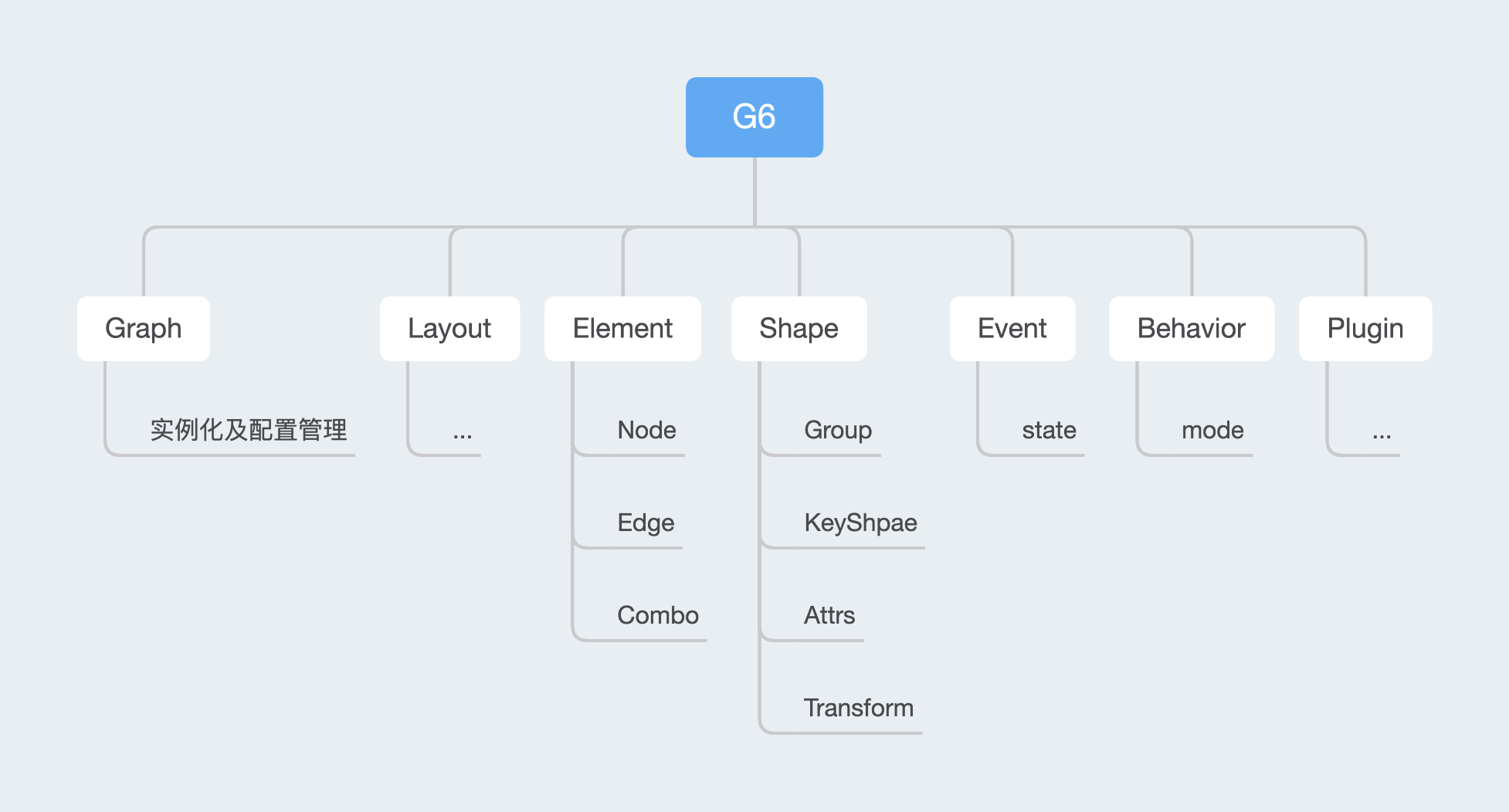
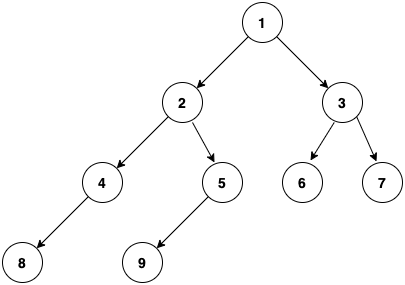
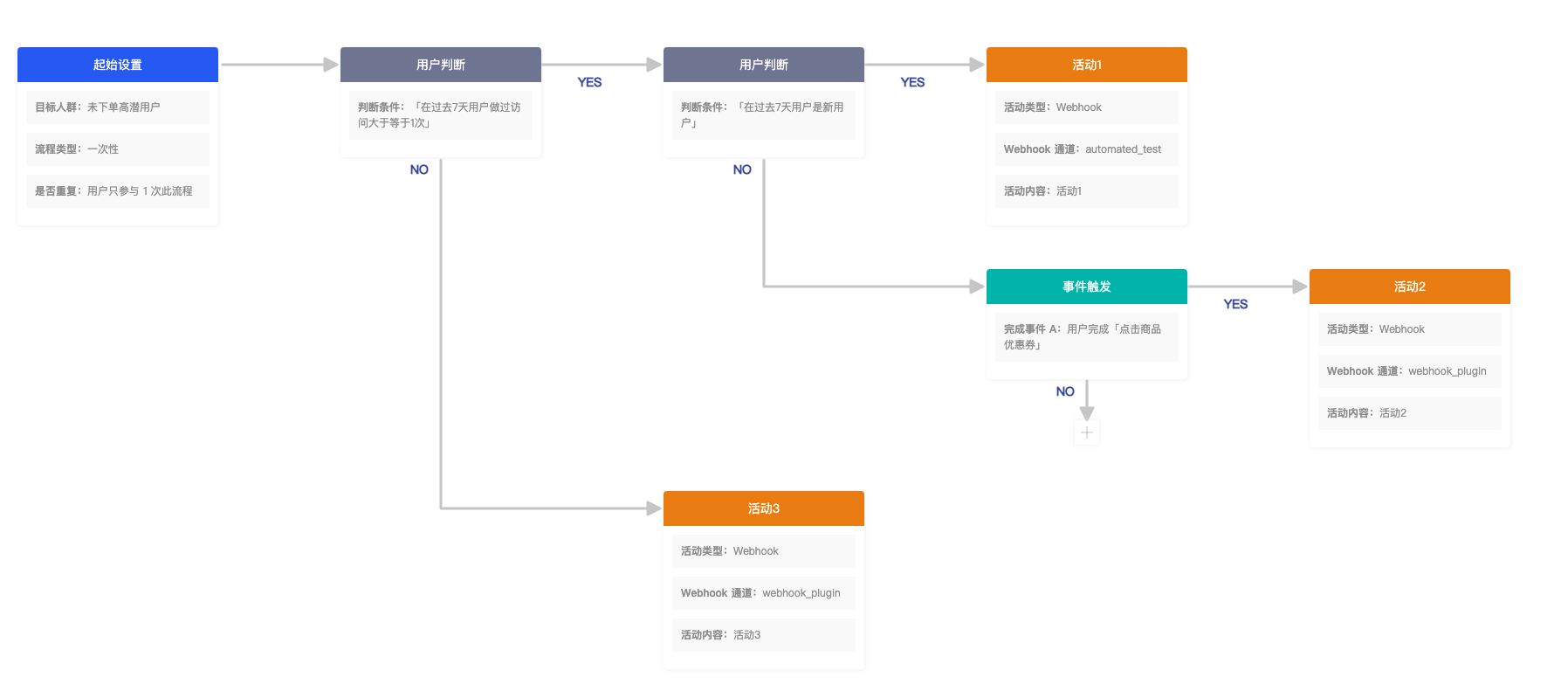
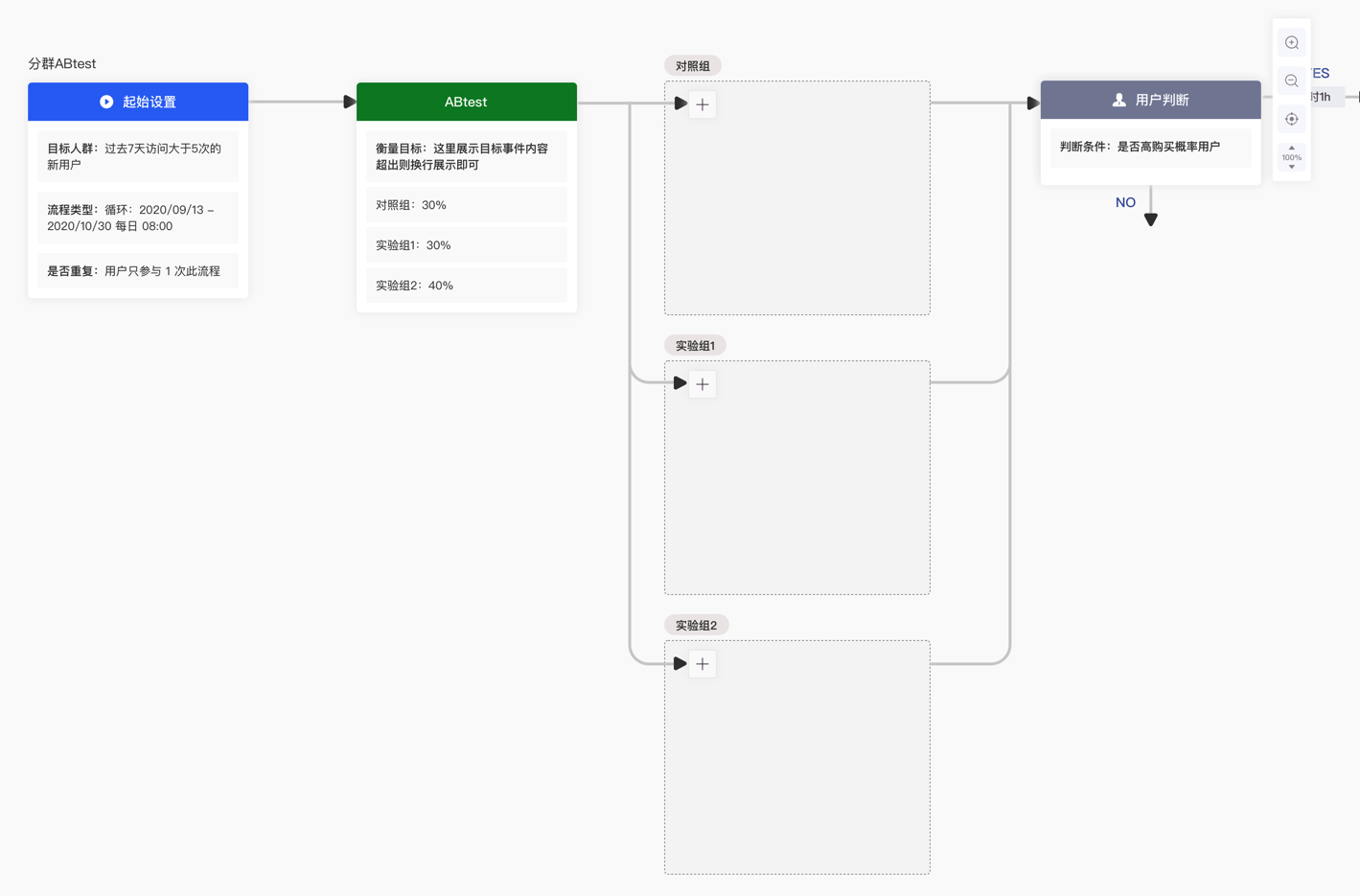
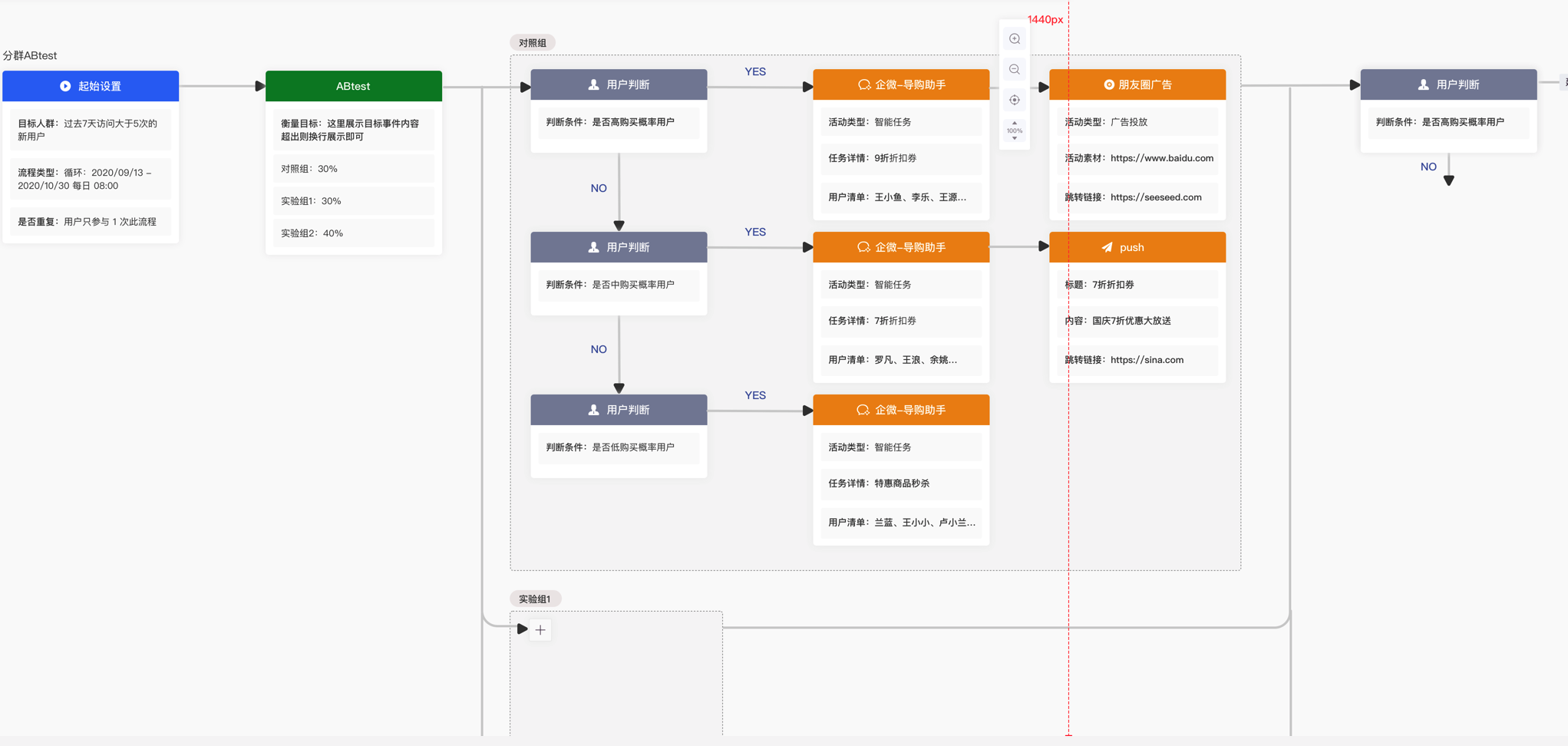

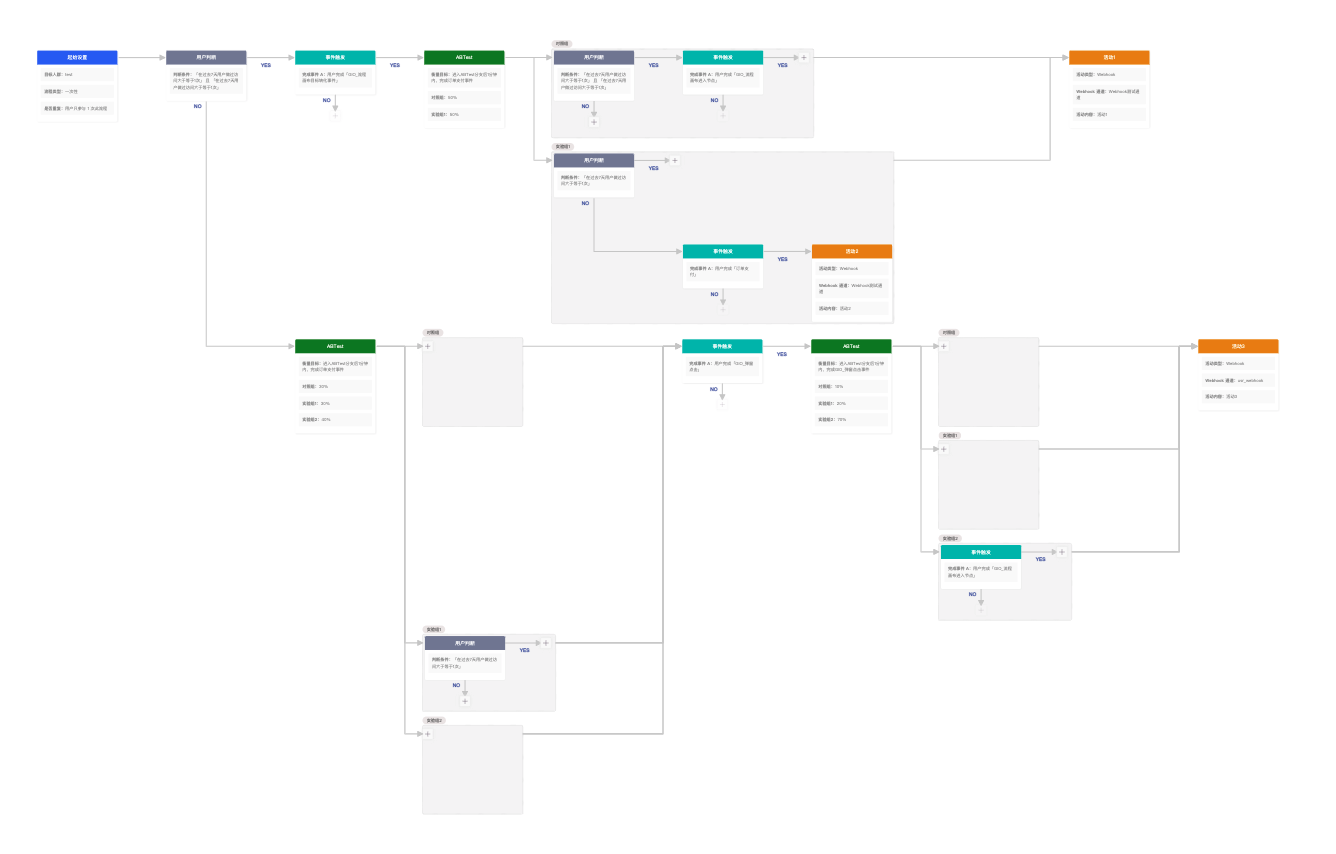
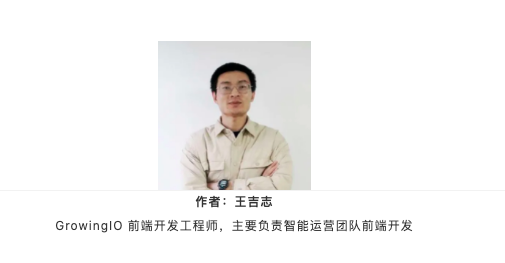












评论